Long-sought goal of better Pentagon buying may finally be within reach
A new executive order seeks to overhaul defense buying. A handful of innovators within the Defense Department are already showing the way.

President Donald Trump’s order calls upon the Defense Department to “rapidly reform our antiquated defense acquisition processes with an emphasis on speed, flexibility and execution.” It mandates greater use of Other Transaction Authorities (via vehicles such as the Adaptive Acquisition Framework), a review of internal regulations and requirements that slow down buying, better training for acquisitions officials, and a review of major programs.
Many of these measures are not new. They are a recognition of a fact first observed by venture capitalist Marc Andreesen in The Wall Street Journal in 2011: “Over the next 10 years, I expect many more industries to be disrupted by software, with new world-beating Silicon Valley companies doing the disruption in more cases than not.” That’s the world in which most of us live. But the Pentagon has relied on slow-moving practices and processes to protect itself from wide-scale commercial software adoption, to being devoured. That’s changing. The mandate to prioritize the use of commercially available solutions signals why reform may be closer than ever.
More and more of what the Defense Department does depends on information technology. The department’s joint all-domain command and control efforts reflect an understanding that faster connections, collection, and processing of data are the key to success on the battlefield, particularly against a peer adversary. Software is now the future of hardware, too, fundamentally changing how quickly and cheaply the military can develop new ships, aircraft, rockets, and satellites through processes like digital twinning and capabilities like artificial intelligence.
Unlike in previous decades, the key technologies the DOD relies on “are primarily being driven by the private sector,” making it more critical that companies feel like they can easily do business with the Pentagon, former Republican congressman Mac Thornberry told Defense One in February.
And by prioritizing that commercial tech, the Pentagon will open up more options to buy or contract for things that already exist, rather than try to build them itself.
That prioritization is already happening in some pockets of the Defense Department. One is the Navy’s Program Executive Office for Digital Services, or PEO Digital. Defense One spoke to an official who highlighted how the office is able to convince Navy stakeholders to drop costly investments in building things that a technology company is already making better and more cheaply. PEO Digital also already uses alternative contract vehicles like OTAs to do so. That’s enabling them to move new capabilities into use far more quickly.
One of the office’s key pilot projects the official expects to scale up this year involves using artificial intelligence to automate workflows for acquisition. That could potentially reduce the money the Navy spends on teams having to look through proposals, pitches, and information requests for things like classified information and conflicts of interest. And the costs of that are not small, the official said.
So how much does the new method save? “It depends on the scale of how big those teams are…But if you're taking a manual process, this is someone's 40-hour work week for 52 weeks a year, and this is turning into a process that can be done in like 30 seconds,” they said.
The manner in which PEO Digital develops and scales these sorts of technologies is a model for the rest of the Defense Department.
As the official explained, PEO Digital didn’t simply dump a large language model on workers and tell them to use it. Rather, during the pilot phase, workers not only used but trained the model on the special knowledge that is core to what they do. In essence, they become not just testers, but also engineers of a tool that can be expanded for much greater use across the Navy.
PEO Digital's methods also achieve one of the other goals set forth in the order: establishing performance-based metrics to tell officials how well the tool is working. The office uses World Class Alignment Metrics, which are common in business, to measure things like operational cost and customer satisfaction in a way that the Defense Department currently does not.
That’s actually a huge reason why so many defense programs are over-budget and late, said Govini CEO Tara Murphy Dougherty. Testing, evaluation and validation “has become a sclerotic process with many, many steps. What we see all the time, since we work with so many PEOs, is that even traditional vendors—we might say they're not performing on the program, but they're moving forward, they will have upgrades, tech additions, new components to add into the system, ready before the previous version has even completed testing.”
But pockets within the Pentagon are already implementing a new approach that looks much more like the way a successful business adopts new technology, Murphy Dougherty said, such as the Army’s next-generation command-and-control program, which has adopted an approach of, “We're going to measure the results in that moment, not test it later on,” she said.
Adm. Sam Paparo, leader of U.S. Indo-Pacific Command, has called for “innovation by subtraction, removing bureaucratic obstacles within our system that impede progress—every unnecessary review, every duplicative process that damages our readiness.” The Pentagon needs “procurement at the speed of combat, not at the speed of committees,” he said in remarks at the Honolulu Defense Forum. “We must push authority down, accept prudent risk, and trust people to deliver.”
The new executive order takes steps to address that, calling for the incentivization of risk-taking and innovation by the defense acquisition workforce.
But while changing the Pentagon’s culture to accept more risk is necessary for change, there are other issues involved, former DIU head Mike Brown told Defense One in February.
“The three things that are interconnected in acquisition are requirements, acquisition, and budgeting. So people talk about acquisition reform, but it's almost like you can't do something there if you don't fix requirements and budgeting. They're kind of an integral system,” Brown said.
The current budget process is “the single biggest inhibitor we have to modernizing the force,” he said. “Three years to get a budget done, and it’s not done on time. We have continuing resolutions. And then the granularity of 1,700 line items managed by congressional staffers is not strategic, and it’s not oversight. It’s micromanagement. So we need to have a more flexible system.”
The executive order doesn’t address all acquisition problems, because some require congressional action.
One is the size limitations of OTA contracts, which are far smaller than the costs to programs. Another is the way Congress allocates the Defense Department’s budget, Murphy Dougherty said, with some funds earmarked for testing, other for acquisition, and so on. What would make far more sense, she says, would be for the deputy defense secretary, or the services secretaries working with teams in research and engineering, testing, buying, and sustainment, to more quickly move money from testing to prototype development or scaling, depending on the specifics of the program.
Another problem with the order, said Jerry McGinn, executive director of the Baroni Center for Government Contracting at George Mason University, is that it’s “light on details regarding follow-on production, scale, and sustainment—areas where the defense industrial base struggles the most, and the biggest challenges should a major conflict break out.”
But overall, Murphy Dougherty said, the order is a good step toward achieving a long-sought goal. ]]>











































































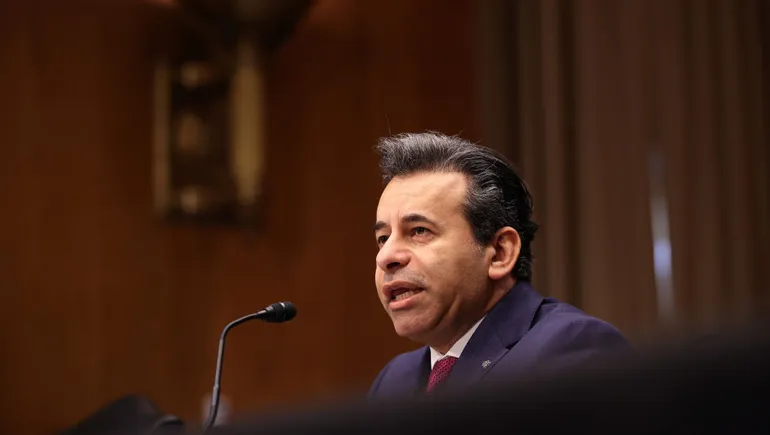


















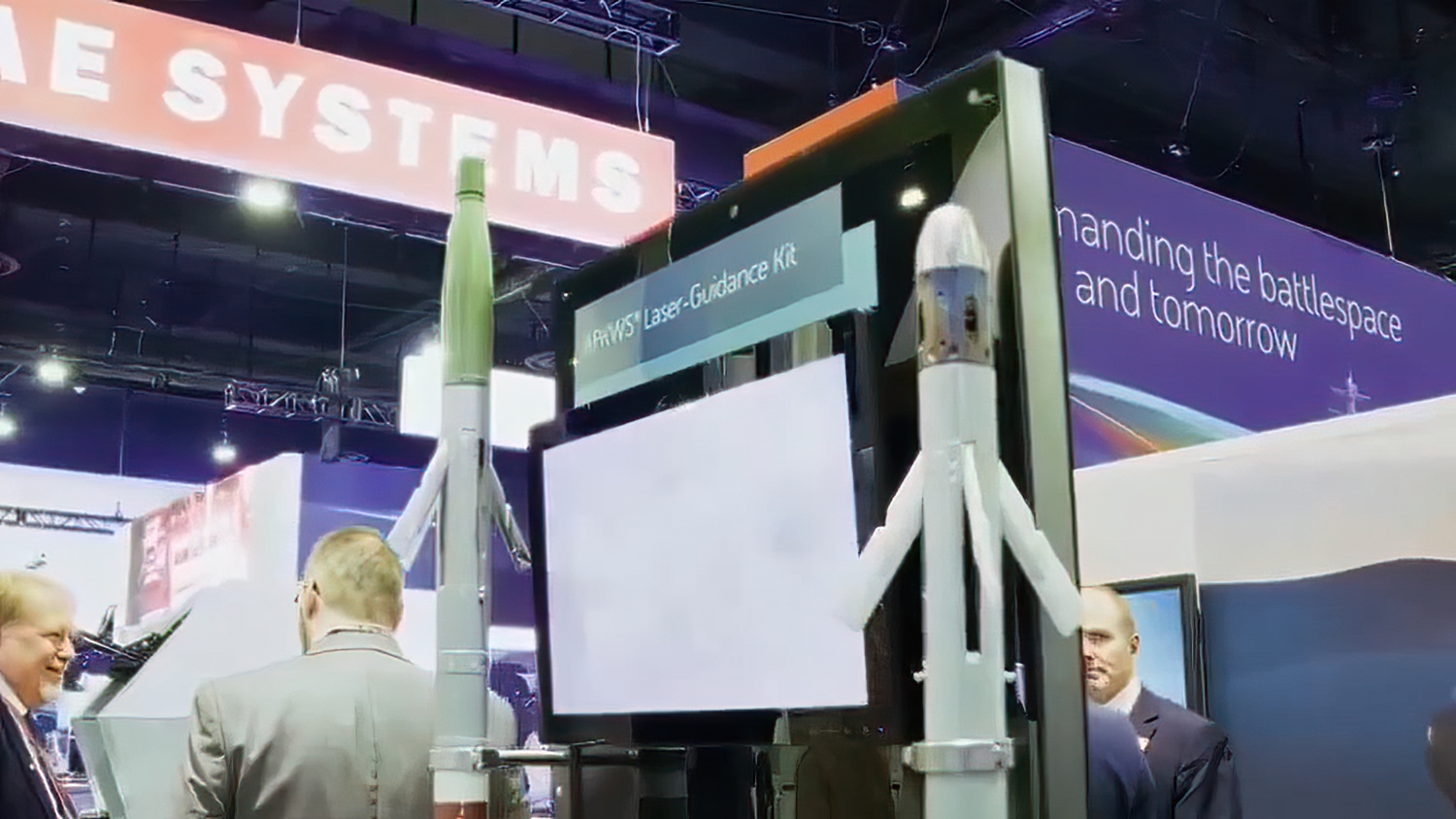

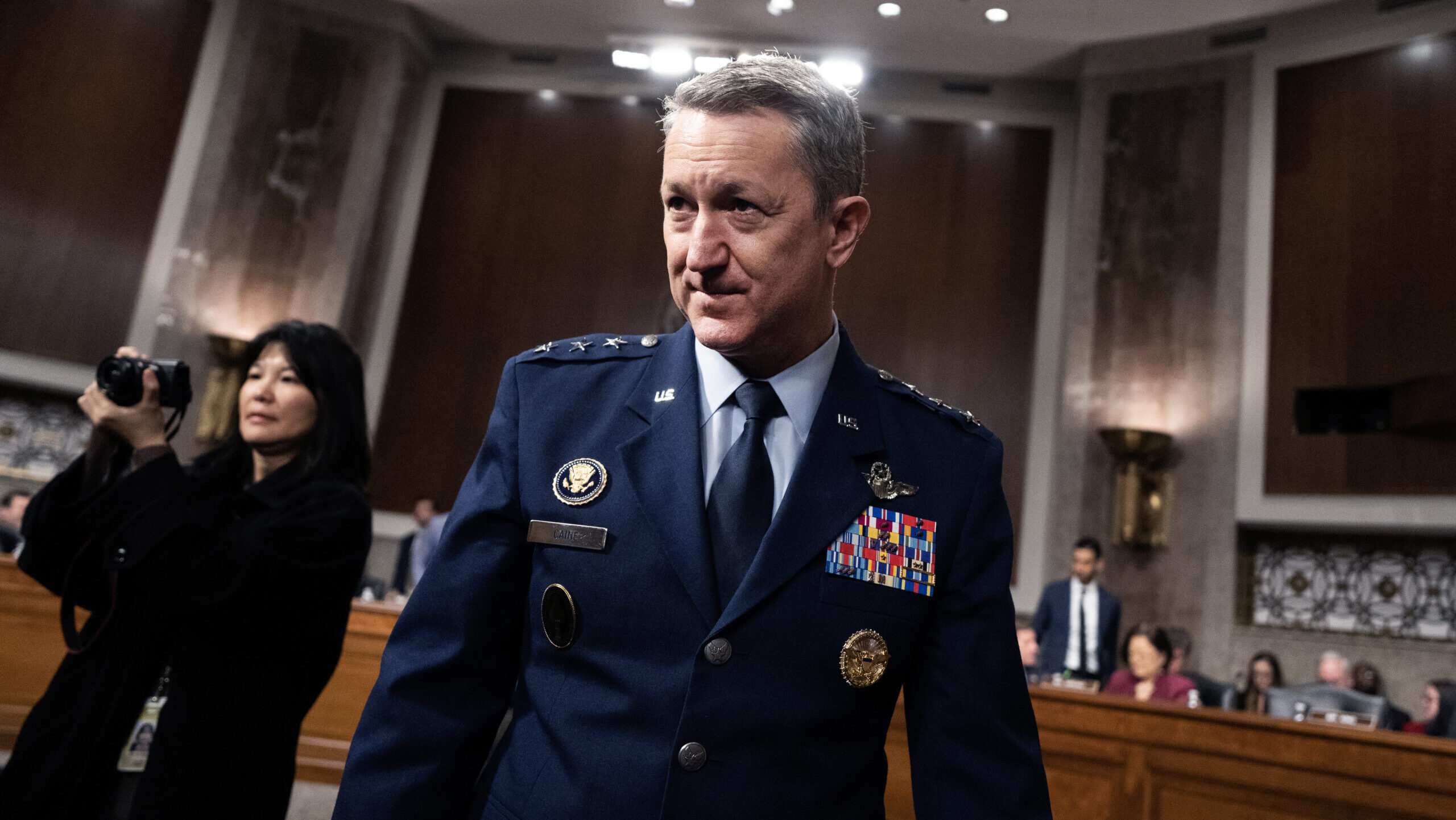

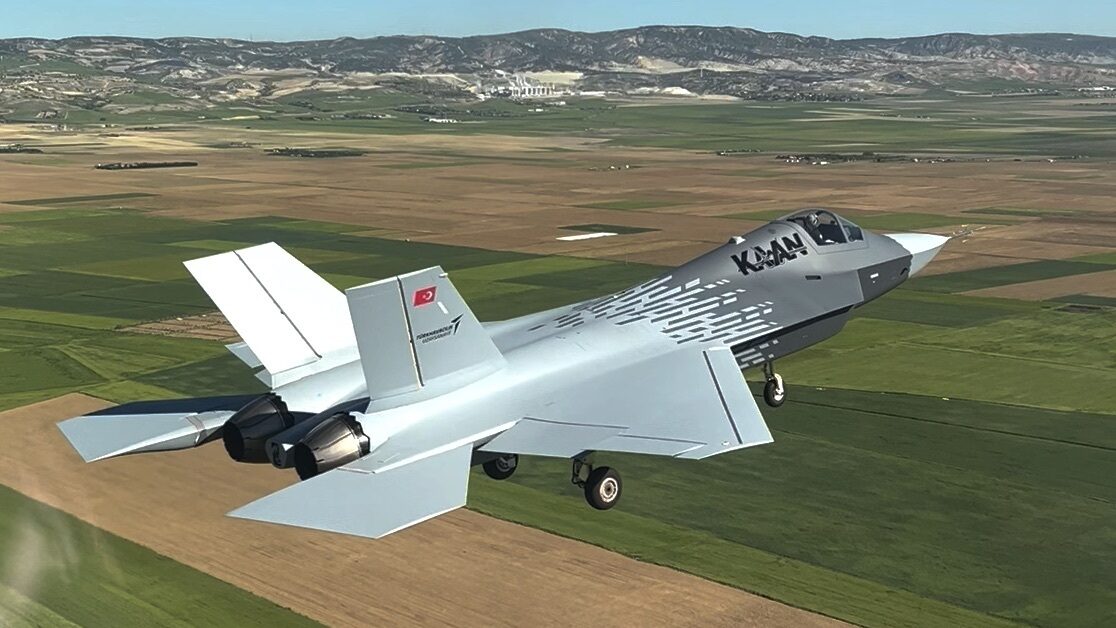










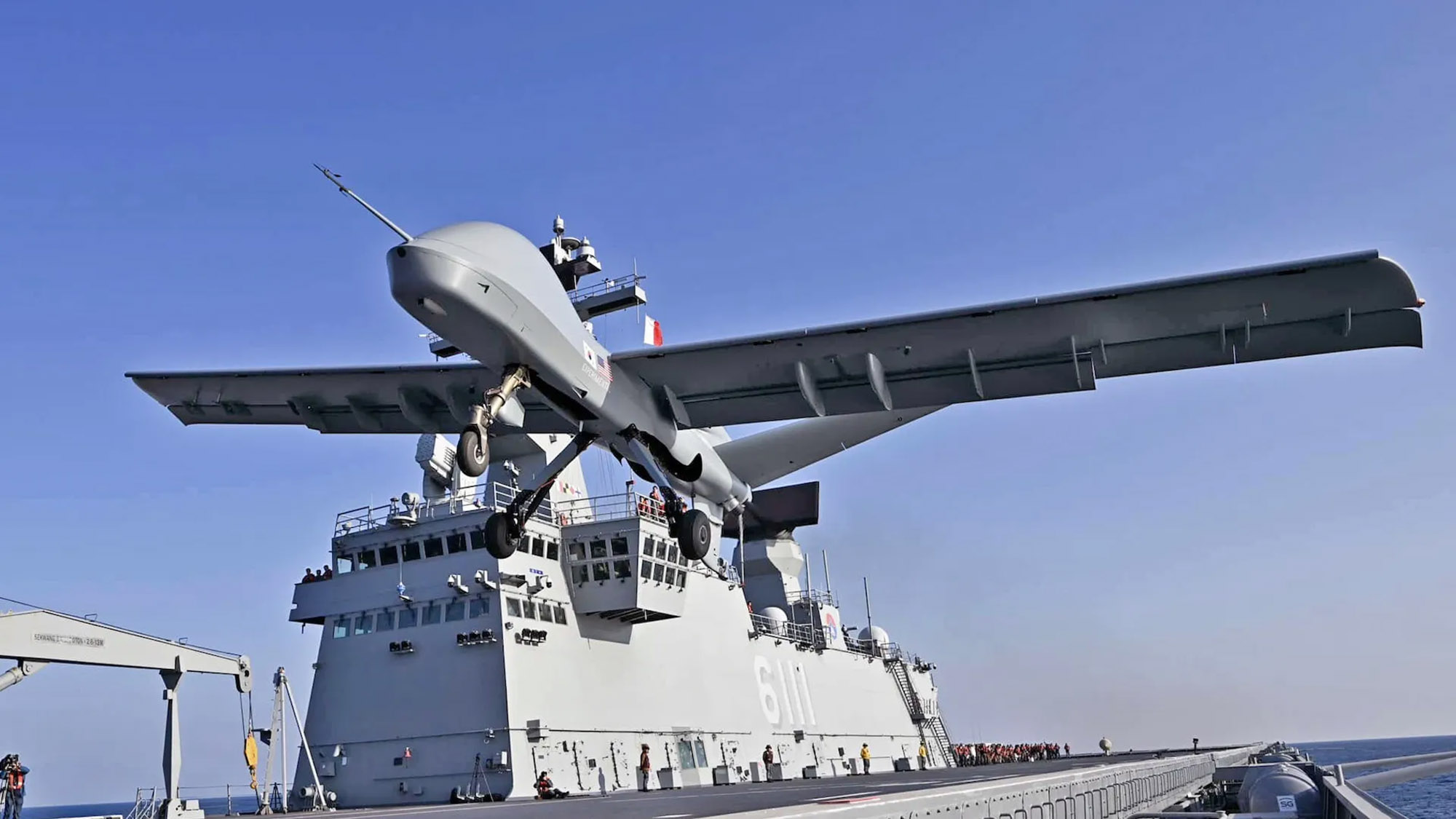







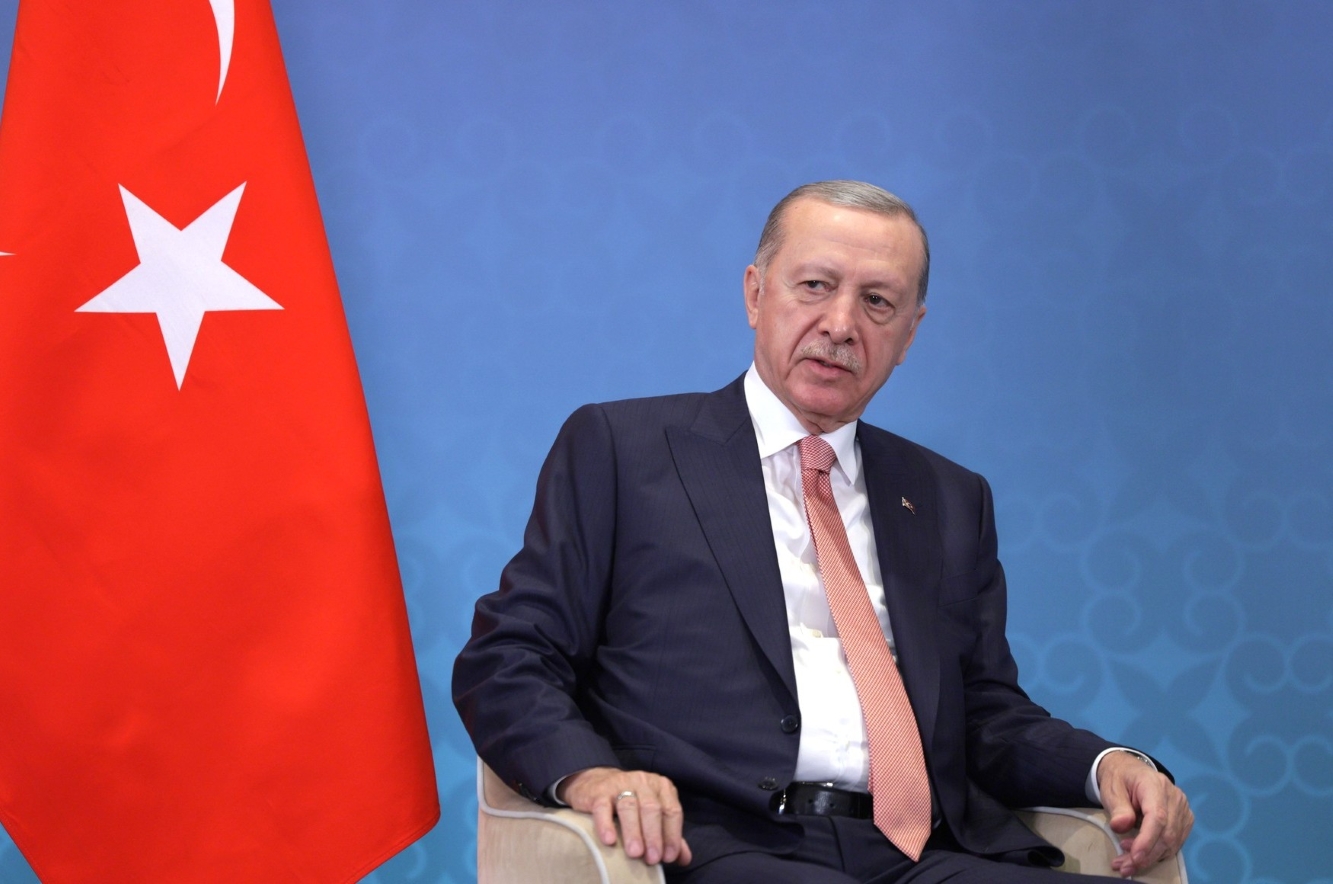












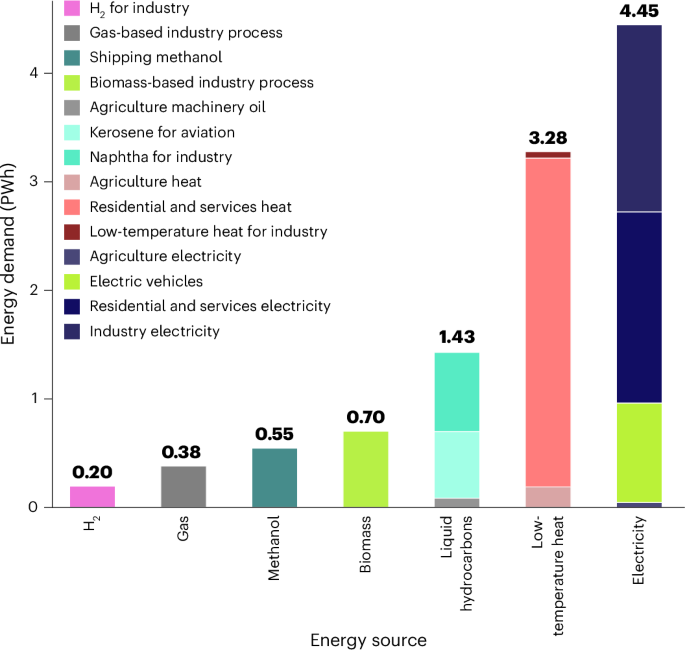
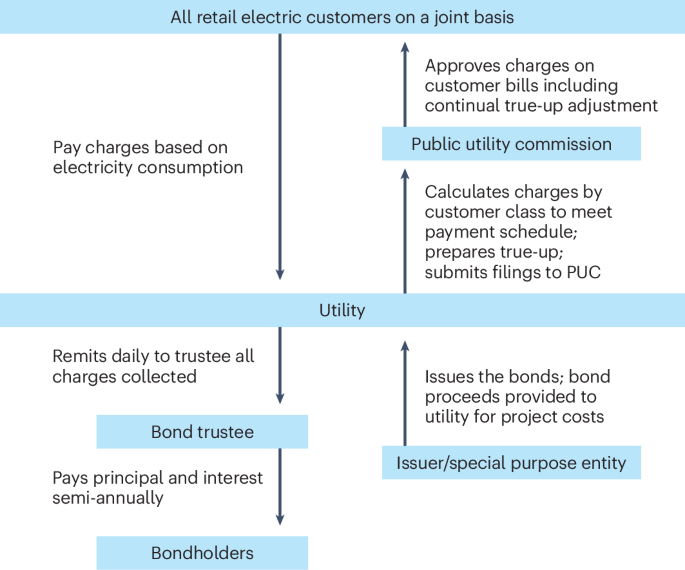
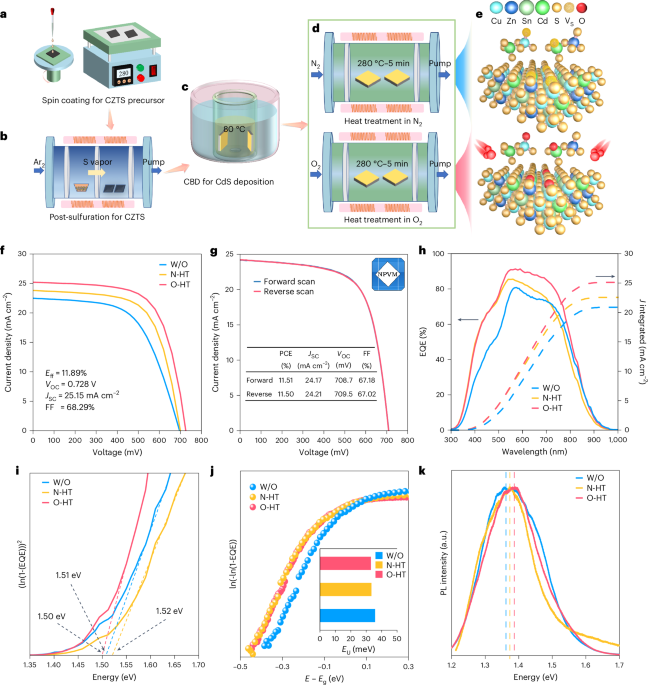



































.png)









